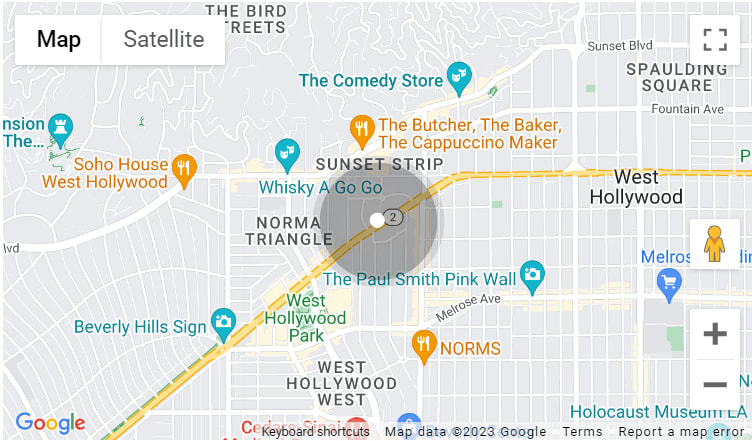Nestled on the eastern edge of the bustling metropolis of New York City lies a unique stretch of land known as Long Island. Home to diverse communities, picturesque landscapes, and a rich history, Long Island offers a variety of housing options that tell a story of evolution and growth over the decades. In this blog post, we'll take a journey through time and explore the different types of homes built in Suffolk County and Nassau County, from the mid-20th century to the modern era.
The 1950s: The Birth of Suburbia
The 1950s marked a transformative era for Long Island as it embraced the post-World War II suburban boom. This decade witnessed a surge in suburban development, driven by returning veterans and families seeking a quieter, more idyllic lifestyle away from the bustling city.
Ranch-Style Homes: Ranch-style homes became emblematic of this era's suburban dream. These single-story houses were designed for easy living, featuring open floor plans and simple, yet functional layouts. They typically boasted low, sprawling designs, making them ideal for families. Ranch homes often had brick or wood exteriors, neatly manicured lawns, and small gardens, emphasizing the connection between indoor and outdoor spaces.
Levittown: An iconic example of 1950s suburban development was Levittown, a planned community on Long Island that embodied the American dream of homeownership. Developed by William Levitt and his company, Levitt & Sons, it featured thousands of nearly identical ranch-style homes. Levittown homes were designed for affordability and efficiency, providing an accessible entry point into homeownership for many.
The 1960s: Mid-Century Modern Flair
The 1960s brought a new architectural sensibility to Long Island: mid-century modernism. This design movement emphasized clean lines, large windows, and open spaces. Architects drew inspiration from nature, incorporating elements like exposed beams and natural materials to create a seamless blend of indoor and outdoor environments.
Mid-Century Modern Homes: Mid-century modern homes in Long Island often featured flat planes, low-pitched roofs, and walls of glass, allowing natural light to flood the interior spaces. These homes embodied the concept of "bringing the outside in" through their integration of natural elements and a focus on functional, minimalist aesthetics.
Split-Level Homes: Another architectural innovation of the 1960s was the split-level home. These houses featured multiple levels, each with its own distinct purpose. The split-level design offered a sense of separation and privacy within the home while maintaining an open feel. These homes were often characterized by their asymmetrical facades and creative use of space.
The 1970s: Contemporary Designs
The 1970s continued to shape Long Island's architectural landscape, with a blend of contemporary and traditional designs. The homes built during this decade often featured brick or vinyl siding, large windows for natural light, and spacious kitchens. Open-concept living spaces became increasingly popular, reflecting the desire for more communal family spaces.
Contemporary Homes: Homes from the 1970s in Long Island often incorporated contemporary design elements such as angular rooflines, large picture windows, and clean, simple lines. While still embracing the principles of open living, they integrated some traditional elements into their designs, creating a unique fusion of styles.
Energy Efficiency: As the environmental movement gained momentum in the 1970s, Long Island homeowners began to prioritize energy efficiency. Many homes from this era incorporated features like energy-efficient windows, improved insulation, and more efficient heating and cooling systems.
The 1990s and 2000s: Modern Luxury and Expansion
The late 20th and early 21st centuries brought about significant changes in Long Island's housing landscape. New construction surged, catering to a growing demand for modern luxury.
Luxury Homes: Homes built in the 1990s and 2000s on Long Island often featured luxury amenities. Expansive kitchens with granite countertops, multiple bathrooms, and spacious master suites became standard. High ceilings, open layouts, and large windows contributed to a sense of grandeur and openness.
Technological Advancements: With the advent of the digital age, many modern homes were equipped with state-of-the-art technology. Smart home systems, energy-efficient appliances, and advanced security features became commonplace, enhancing both convenience and security for homeowners.
Long Island's housing history is a testament to the evolving needs and desires of its residents over the decades. From the modest ranch-style homes of the 1950s to the modern luxury residences of the 2000s, each era has left its mark on the architectural landscape.
Today, Long Island offers a diverse range of housing options, reflecting its rich history of development. Whether you're drawn to the charm of mid-century modern homes or the modern comforts of new construction, Long Island's communities continue to evolve, offering a tapestry of styles and designs that cater to different tastes and preferences.
As you explore Suffolk County and Nassau County, take the time to appreciate the unique character of the homes that grace this vibrant and storied region. Whether you're a history enthusiast, an architecture aficionado, or a prospective homebuyer, Long Island's housing landscape has something for everyone, offering a glimpse into its enduring dream of homeownership in this beautiful and diverse area.



